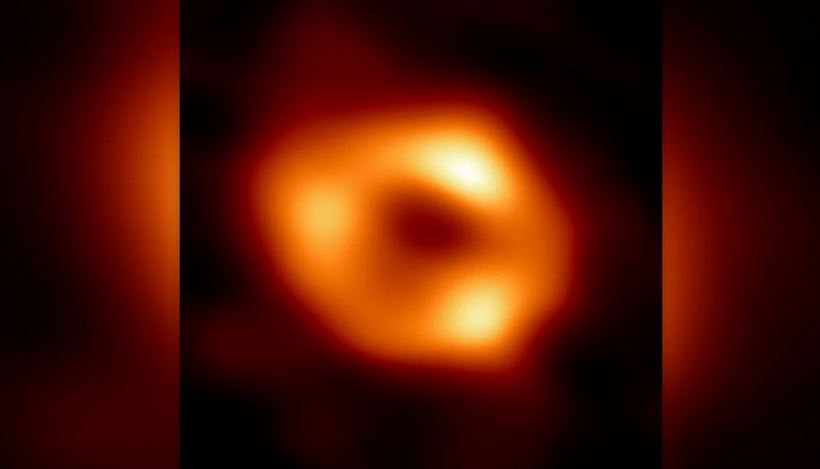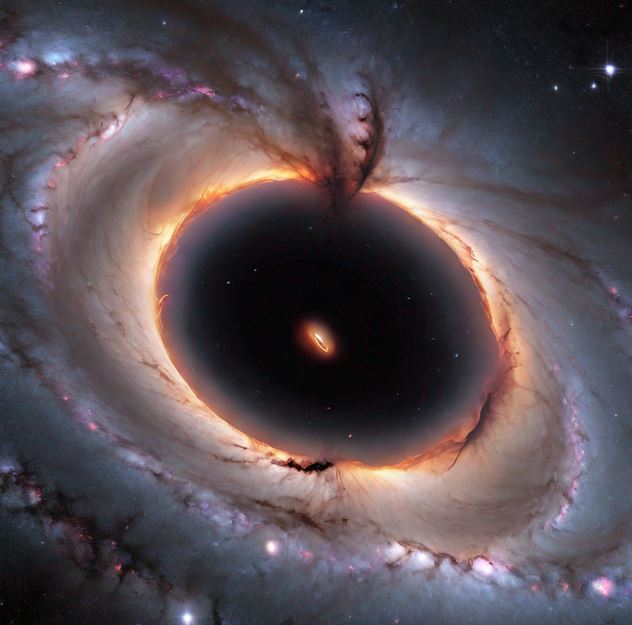Revolutionary Discovery: Milky Way’s Supermassive Black Hole Spins at Maximum Speed, Unveiling Cosmic Mysteries

The supermassive black hole, Sagittarius A* (Sgr A*), positioned at the Milky Way’s center, rotates at nearly its maximum speed, between 0.84 and 0.96, revealing crucial insights into supermassive black hole formation. (Photo: reddit)
Milky Way’s Supermassive Black Hole: New Insights into Maximum Spin and Cosmic Influence
According to source, The supermassive black hole, referred to as Sagittarius A* (Sgr A*), situated at the center of the Milky Way, is rotating at nearly its maximum speed, ranging between 0.84 and 0.96, as per calculations by physicists utilizing NASA’s Chandra X-ray Observatory. This revelation, documented in the Monthly Notices of the Royal Astronomical Society, carries significant implications for comprehending supermassive black hole formation and the associated astrophysical processes. A distinctive characteristic of supermassive black holes, known as frame dragging or the Lensing-Thirring effect, causes them to twist space-time while they spin, influencing the behavior of light, resulting in gravitational lensing, light rings, and shadow phenomena.
The rotation of supermassive black holes, characterized by angular momentum, triggers the creation of an ergosphere, leading to the twisting of space-time. In contrast to planets or stars, supermassive black holes, being regions of space-time, lack physical surfaces beyond their event horizon.
The theoretical maximum speed of a supermassive black hole is contingent on factors such as its matter-feeding process, growth, mass, and interactions with its surroundings, like accretion disks. While the intake of matter heightens the spin of a supermassive black hole, there exists a limit to its angular momentum.
READ ALSO: Houston Police Officer Pulled to Safety by Good Samaritan During Highway Gunfight
Comparing Spin Speeds: Insights into Supermassive Black Holes’ Mass and Behavior
Sgr A*, boasting a mass equivalent to about 4.5 million suns, exhibits a spin speed near the upper limit, emphasizing the intricate correlation between a supermassive black hole’s mass, feeding behavior, and spin.
This is in contrast to the supermassive black hole residing at the core of galaxy M87, the inaugural black hole ever captured on camera, which, despite possessing a mass of 6.5 billion suns, displays a marginally lower spin speed ranging between 0.89 and 0.91. Gaining insights into supermassive black hole rotation and its repercussions on space-time is imperative for understanding the cosmic phenomena involving these mystifying entities.
READ ALSO: Ban On The Flag Linked To Blue Lives Matter Gets Declared Unconstitutional By A Federal Court
























